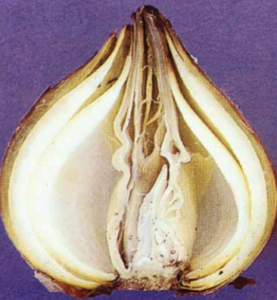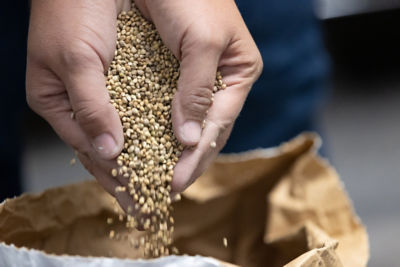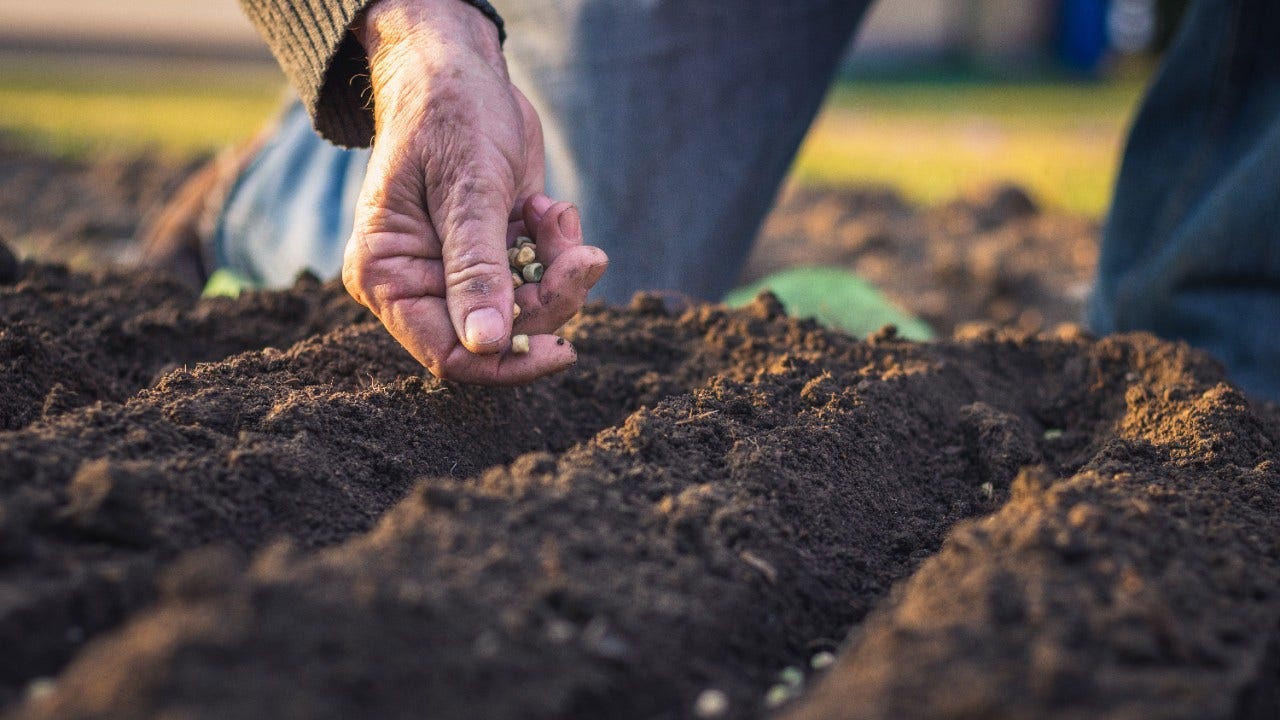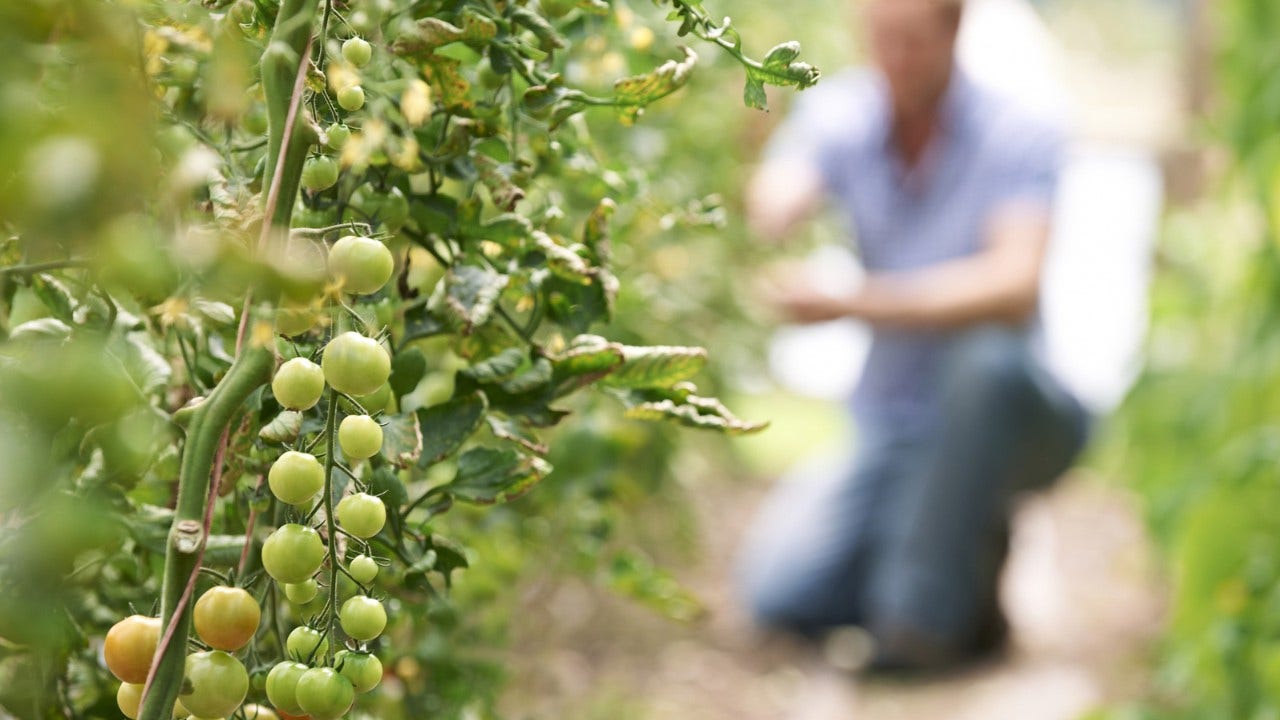Causal Agent
Burkholderia gladioli pv. alliicola (syn. Pseudomonas gladioli pv. alliicola)
Distribution
Worldwide
Symptoms
Field symptoms often appear as one or two wilted leaves in the center of the leaf cluster. These leaves eventually turn pale yellow and dieback from the tip while older and younger leaves maintain a healthy green appearance. During the early stages of this disease, the bulbs may appear healthy except for a softening of the neck tissue. In a longitudinal section, one or more inner scales will look watery or cooked. The disease progresses from the top of the infected scale to the base where it can then spread to other scales, rather than by spreading crosswise from scale to scale. Eventually, all the internal tissue will rot. Finally, the internal scales dry and the bulb shrivels. Squeezing the base of infected plants causes the rotted inner portion of the bulbs to slide out through the neck, hence the name slippery skin.
 Bulb cross-section showing collapse and shriveling of internal scales.
Bulb cross-section showing collapse and shriveling of internal scales.
Conditions for Development
This bacterium requires moisture for infection and grows in the temperature range of 5-41°C (41-106°F). Severe disease can occur during periods of high rainfall combined with strong winds or hail. Heavy irrigation and persistent dews are also conducive to this disease. This bacterium is soil-borne and can be readily water-splashed to the foliage and necks where it can enter through wounds. As the plant matures it increases in susceptibility with the mature plant being highly susceptible. In warm weather, approximately 30°C (86°F), infected bulbs can decay within 10 days. However, in storage decay moves slowly, often requiring 1-3 months for a bulb to decay completely.
Control
Harvest onions when bulbs have reached full maturity. Do not store bulbs until they have been properly dried. Minimizing stem and bulb injury and avoiding overhead irrigation when the crop is approaching maturity can reduce losses from this disease. Bulbs should be stored at 0-2°C (32-36°F) with adequate ventilation to prevent condensation from forming on the bulbs.



